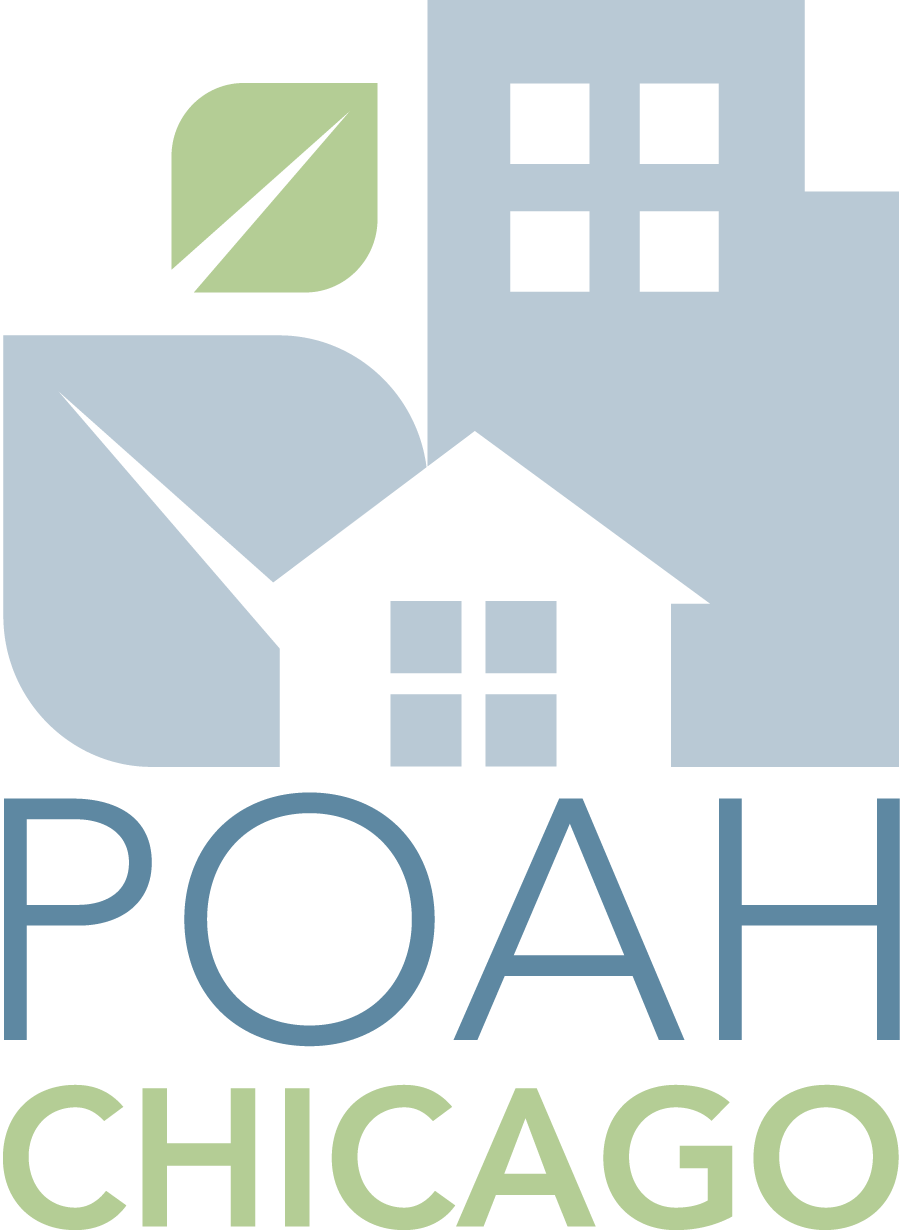Gail MarksJarvis, Chicago Tribune
The Obama presidential library that appears headed for Chicago's Jackson Park is expected to give a boost to a pioneering nearby redevelopment project aimed at turning a blighted Woodlawn area around with stores and housing that will charge full market rents.
"The library is a big deal, and I think it will be a big help," said William Eager, vice president of Preservation of Affordable Housing, the developer of the Woodlawn Park project near the University of Chicago between East 61st and East 63rd streets along Cottage Grove Avenue.
When the project began in 2008, Boston-based POAH predicted it would attract retailers, condos and renters paying market rates after new affordable housing replaced the dilapidated federally subsidized Grove Parc Plaza apartments. But the transformation has gone much slower than anticipated, Eager said.
He expects the Obama library "to further diversify the neighborhood with income levels, and ultimately help drive more market-rate development."
POAH, meanwhile, has forged ahead with its own initial move to add apartments that charge full price. Last week, POAH announced it is beginning construction on what it says is the first market-rate rental building to be constructed in the area in decades.
The $12.8 million Trianon Lofts, at the corner of 61st and Cottage Grove, will charge rents ranging from $1,350 to $1,450 for 24 two-bedroom apartments including parking, granite countertops and in-unit washers and dryers. That's quite a contrast from the reputedly rat- and roach-infested Grove Parc complex that was demolished by POAH and replaced with the Jackson affordable apartments in 2011. Other affordable apartment buildings followed with a total of 778 units.
Besides containing market-rate apartments, Trianon Lofts will house 13 apartments for low-income renters earning between 80 to 120 percent of the area median income. For a family of two, a $49,200 income would qualify.
"I hope the Trianon shows there really is a market for market-rate housing here," Eager said. He expects the building to appeal to graduate students and University of Chicago employees, and draw businesses hoping to sell to thousands of people employed at the university.
The Trianon will include 7,000 square feet of commercial space, which will be rented by Lala's Land of Learning Child Care Center. Eager said he is anticipating an agreement soon with a major grocery store to locate at 61st and Cottage Grove north of the MetroSquash Center, built as a place for teen athletics and mentoring.
Trianon Lofts gets its name from the Trianon Ballroom, the opulent dance hall built in Woodlawn in 1922 during the big band era. Since then, the middle-class area declined. Woodlawn's population in 1930 was about 66,000, but the most recent census reflected about 27,000. Now about 30 percent of the population lives in poverty, the unemployment rate recently was about 17 percent, and the average household income was $38,605.
Ald. Willie Cochran, 20th, who represents the area, said he sees evidence Woodlawn Park is making a difference in attracting people with broader incomes, as well as new homes and businesses. He said he is confident a grocery store will soon be announced, which will draw regional commercial traffic and people who want to walk from their homes to stores.
The Obama library "will accelerate interest in the area from people looking for quality housing where the values will go up," he said. He expects about 150 new homes in the $300,000 to $500,000 price range will be built nearby during the next five years and noted the recent approval by the City Council for 25 new homes to be developed by KMW Communities on Greenwood Avenue. That development spanning the 6100 and 6200 blocks is to include single-family homes, town houses and condominiums.
Woodlawn Park originally was chosen as one of seven national developments to get a Housing and Urban Development Choice Neighborhoods grant to reinvigorate the distressed area. With a $30.5 million grant, the project was intended to be a model for the U.S. of a massive undertaking involving renovating buildings and bringing in services such as job training.
About $144 million has been spent on the full Woodlawn Park project so far, with about half coming directly from federal, state and city governments, said Eager. Another 37 percent comes from private investors, who get rewarded by the federal government through tax credits.

